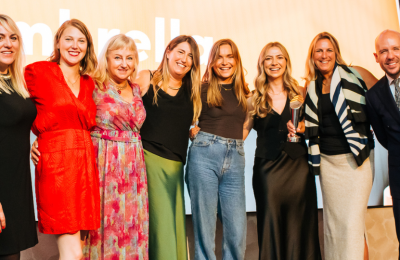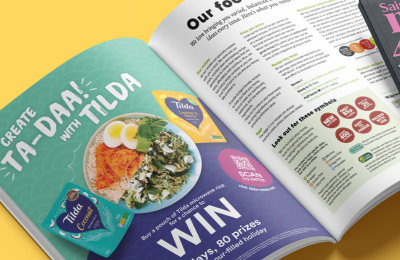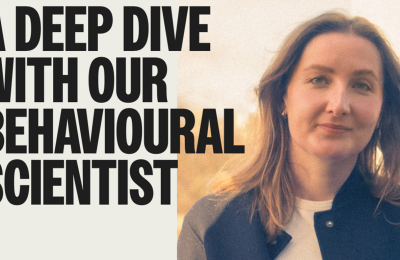The term “charity starts at home” is now truer than ever with unemployment rates at 4.9% (The Guardian) and many of the public now suffering the consequences due to the pandemic. More people are turning to charities for handouts, but fewer people can afford to be charitable. How does a charity survive the most trying time of all?
Fast forward a year, we are still struggling to truly understand the impact of this crisis but there is no doubt charity shops are facing huge losses after a year of lockdowns and restrictions. Ultimately this will make it difficult for them to raise money and provide support to people in need.
Like all non-essential retail, charity shops had no choice but to close during the lockdowns. Almost immediately there was a shortfall in cash donations and the pressure was on to look into alternative ways to receive donations, whether in the form of money or clothes. The British Heart Foundation were one of the first charity shops to embrace online trading by asking people to send items via its freepost donation service, while Oxfam asked people to save donations until the end of lockdown. But thanks to platforms like Depop and eBay, many charity shops were still able to continue to trade online with some still accepting donations.
With shops closed, it was up to these online sales of second-hand goods to boost falling numbers. For example, Oxfam successfully targeted people motivated by a desire to consume sustainably. People could purchase items held in any Oxfam shop in the UK, receive them by post and return them if unwanted. They went from £200,000 worth of online sales in March 2020 to a staggering £1.5m in December of the same year.
Charities are often resourceful but they had to learn to adapt tech innovations to survive. They started with organising events via social media and then concentrated on how could turn this into donations or fundraising. But while 3 in 5 were able to take digital donations, worryingly 1 in 10 could not afford the technology (CAF). Digital methods may have had their benefits but this instead emphasised how difficult the transition has been for many charities. Gaps in infrastructure, and digital skills within the charities have made this sudden change challenging. This is actually the time for brands to accelerate any plans they had to move online and continue to show the public that they can modernise their brand.
With lockdown restrictions slowly easing and charities starting to resume their full services, opening will come with its challenges. But what have we learnt over these ever-changing times that could help a charity?
1. The need to innovate
Digital technology has been vital in helping people during the pandemic but despite digital donations helping to keep charities afloat, the online giving platforms have only helped charities gain one off donors. What is even more concerning, is a third of donors cannot remember the name of the charity they donated to (Thirdsector). With about half of digital donations going through third party websites, charities need to put their brands front and centre within the digital world. They need to adapt an omni-channel retail strategy that provides customers with a fully-integrated shopping experience. They should create loyalty schemes which hit multiple touchpoints and ensure a smooth user experience. People will soon become familiar with a consistent brand which will be hard for them to forget!
2. New audiences require new content
A new breed of volunteers emerged during the pandemic. Due to furlough job loss, the younger generation were keen to do something useful and charity brands were reaping the benefits of this. Interestingly, 18-24 year olds have also donated more often during lockdown with 84% donating in the last 3 months (Thirdsector). This is because the younger age group are able to share their fundraising pages across social networks and the increase in digital targeting. So, instead of thinking of the stereotyped retired baby boomer as the key demographic, it is time for charities to keep Gen Z and Millennials interested with virtual events and relevant content that they want to share.
3. Local is more important than ever
If we have learnt anything throughout the pandemic it is the importance of community. It has driven people to shift their focus closer to home so instead of thinking nationally, it is time to think local. There has always been evidence that the public’s perception of smaller charities is more positive than bigger charities but this is the time for smaller charities to not imitate strategies of their larger counterparts but, highlight their unique strengths instead. They should promote their tailored services which deal with local issues and highlight their close ties to communities and donors. This can lead to honest, personalised marketing showing how these charities share the same experiences as the public.
4. Emotional commitment
We have been inundated with sad news throughout the pandemic but nothing has stopped charities commitment to helping. In a study of 438 charities by CAF, 51% were surprised at how their organisation has adapted to the “new normal”, 40% mentioned staff resilience as the biggest surprise and 22% noted the support of the public during such difficult times. The overwhelming public response to Captain Sir Tom Moore by donating millions to the NHS is merely one example of how we have a distinctive longing to support each other. Now is the time to use emotive messaging within your marketing to get charities the help they need to help others.
5. The positive power of being involved
Charity is close to my heart. My old housemate works for Cancer Research UK, my mum volunteers at the East Anglian Children’s Hospice and I recently worked on helping to rebrand a local charity through Haygarth. They are an essential part of society and we should be very proud of them. If given the right support, they can help deliver social change but they need to adapt to continue this work. With new technologies and a shifting global landscape, their marketing structure will need to undergo radical transformation and keep in mind people who have been stuck in doors for nearly a year. Maybe charity really does begin at home.
This opinion piece was written by Harriet Miles, Senior Account Manager at Haygarth.




























